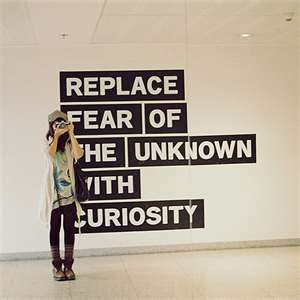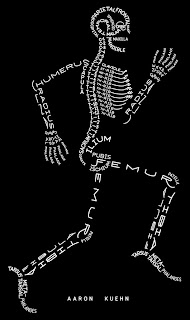Traditional assessments have their limitations, and cannot alone be used as a basis for authentic measurement. While students can demonstrate knowledge and skills through performance on standardized tests, I have observed that there is a broad gap between learning activities and the five primary assessment activities generally offered to students:
Five Primary Assessment Tasks
- Essays
- Multiple-choice
- Matching
- Short answers
- True/False
The line between learning and assessment should ideally be nonexistent, simultaneous and inseparable. Many students suffer from test anxiety as a result of the skewed, distorted, biased, incomprehensible questions that appear these tests. What exactly are test designers trying to prove in their ivory towers other than the fact that they can trick students? I really don't know. In this respect, most tests do not reflect a student's mastery over a subject, but rather over a specific type of assessment device.
Assessments should be positive learning experiences. As such, there are a wide range of assessment ideas from which you could choose to assess competency. Rather than plunge a student's mind into the fight-or-flight mode when they take a test, a test that naturally affects their futures, consider, instead, the following:
Product-based / Project-based Assessments
Performances
Product-based / Project-based / and Performance assessments should be directly related to the subjects being taught. Not only can project results be assessed, but also the processes used during the project. Projects can take place both in-class and out-of-class in terms of research and development. What is most important is that the assessment, in addition to being a measurement tool, be primarily a learning experience.
My son demonstrating basic hydraulics
Traditionally, there are more project-based activities in elementary school. Unfortunately, by the time a student reaches high school, the number of creative projects decreases, and the number of written research papers and multiple-choice tests increases.
A great deal of time and effort goes into producing a quality product or project. Therefore, teachers should be realistic about the amount of time given to a student to complete the project. The complexity of the project will determine the amount of time that should be given. The criteria for evaluation should be determined beforehand and a rubric created and shared with the student, which allows them to meet the goals of the assignment while exercising their own creativity in doing so.
Projects allow students an opportunity to use multiple intelligences. Neurological research confirms the value of connecting students to academic material by engaging their interests, fostering primitive emotions, and making real-world connections (Caine & Caine, 1994).
Unfortunately, most educational models are reacting to the current era of accountability with factory-style test prep. Since these tests are predominantly a measure of rote learning rather than critical thinking, the curriculum can easily be dominated by rote instruction. No wonder test designers are trying to trick students, they're bored, too.
Assessments should allow students to formulate their own questions and then try to find answers to them. Assessments should allow teachers to assign projects at different levels of difficulty to account for individual learning styles and ability levels.
In this way, students can be grouped together by interest rather than ability with the distinct understanding that each student can offer valuable input and solve a problems utilizing entirely different criteria than what may be employed by others. Project-based learning is motivating for students as it allows them to more positively interact and collaborate among their peers, which is a valuable life and social skill.
There is plenty of opportunity for reading, writing, and researching, but personalized projects allow students to express a multitude of intelligences. This increases the self-esteem of students who might not otherwise receive recognition in a traditional learning environment.
Allowing students to share their learning and accomplishments with other students, classes, parents, or community members, allows them to achieve essential learning outcomes while simultaneously applying and transferring them to others.












